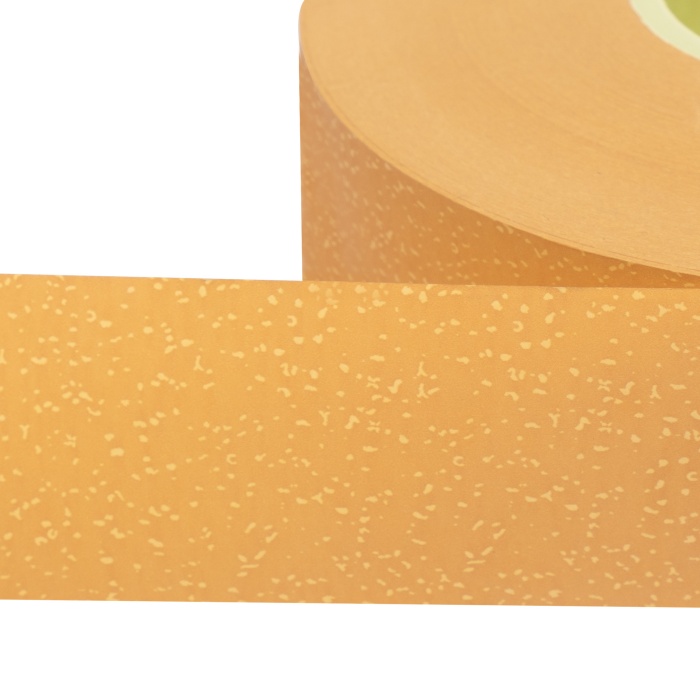The cigarette manufacturing industry is highly regulated, with stringent quality and safety standards to ensure consumer protection and product consistency. Among the various components of a cigarette—such as the tobacco blend, filter, and wrapping paper—the tipping paper plays a crucial yet often overlooked role. Tipping paper, the material that covers the filter and attaches it to the tobacco rod, influences not only the aesthetic appeal of the cigarette but also its performance, safety, and compliance with regulatory requirements.
This article explores the critical functions of tipping paper in cigarette production, its impact on product safety, and how it aligns with global quality standards. We will examine its material composition, manufacturing processes, and emerging innovations that enhance both functionality and regulatory compliance.
1. What is Tipping Paper?
Tipping paper is the porous, printed paper that wraps around the filter and partially extends onto the tobacco rod, securing the two components together. It serves multiple purposes:
- Mechanical stability: Ensures the filter remains firmly attached.
- Aesthetic branding: Displays brand logos, health warnings, and other regulatory markings.
- Functional properties: Controls ventilation, influences smoke delivery, and affects the smoking experience.
Unlike cigarette rolling paper, tipping paper must balance air permeability, ink adhesion, and durability while meeting strict safety regulations.
2. Key Functions of Tipping Paper in Cigarette Safety
2.1. Ventilation and Smoke Dilution
One of the most critical roles of tipping paper is regulating airflow through laser perforations or mechanical micro-holes. These tiny holes allow ambient air to mix with smoke, reducing:
- Tar and nicotine delivery (complying with regional limits, e.g., EU’s Tobacco Products Directive)
- Harshness of smoke, improving smoothness
Studies show that properly ventilated tipping paper can reduce smoke toxins by up to 30%, making it essential for light and ultra-light cigarettes.
2.2. Ink Safety and Toxicity Control
Since tipping paper is in direct contact with the smoker’s lips, the inks and coatings used must be non-toxic. Regulatory bodies such as the FDA (U.S.) and WHO (FCTC) enforce strict guidelines on:
- Heavy metal content (lead, cadmium, chromium limits)
- Migration of ink chemicals into saliva
- Use of food-grade or pharmaceutical-grade pigments
Manufacturers must conduct leaching tests to ensure no harmful substances transfer during smoking.
2.3. Combustion and Fire Safety
Unlike rolling paper, tipping paper does not burn but must resist ignition to prevent accidental fires. Standards like the ASTM E2187 (U.S.) and ISO 12863 (global) require:
- Low flammability to comply with “Reduced Ignition Propensity (RIP)” laws
- Self-extinguishing properties if left unattended
Special additives like silica or citrate salts are used to meet these fire-safety norms.
3. Quality Standards and Compliance
3.1. Material Composition
High-quality tipping paper is typically made from:
- Wood pulp or flax fibers (for strength and porosity)
- Calcium carbonate or titanium dioxide coatings (for whiteness and opacity)
- Food-safe adhesives (for filter bonding)
3.2. Regulatory Compliance
Different markets impose varying requirements:
|
Region |
Key Regulation |
Focus Area |
|
European Union |
Tobacco Products Directive (TPD) | Ventilation limits, warning labels |
| United States | FDA Tobacco Control Act | RIP standards, ingredient disclosure |
| China | GB/T 22838-2021 | Permeability, ink safety |
Manufacturers must ensure batch-to-batch consistency and pass ISO 9001 quality audits.
4. Innovations in Tipping Paper Technology
4.1. Eco-Friendly Tipping Paper
With rising environmental concerns, companies are developing:
- Recyclable and biodegradable paper (using hemp or algae-based materials)
- Water-based inks (reducing VOC emissions)
4.2. Smart Packaging Integration
Some premium brands use QR-code printed tipping paper for:
- Anti-counterfeiting (track & trace under WHO FCTC)
- Consumer engagement (promotions via digital scanning)
4.3. Enhanced Ventilation Control
New laser perforation techniques allow dynamic airflow adjustment, catering to heat-not-burn (HNB) and reduced-risk products.
5. Conclusion
Tipping paper is far more than just a decorative element—it is a critical component in cigarette safety, performance, and regulatory compliance. From controlling smoke dilution to ensuring fire resistance, its role is indispensable in modern tobacco manufacturing.
As regulations tighten and consumer demand shifts toward safer and sustainable products, advancements in tipping paper technology will continue to evolve. Manufacturers must stay ahead by adopting eco-friendly materials, smart packaging, and stricter quality controls to meet global standards.
For industry stakeholders, investing in high-performance tipping paper solutions is not just a compliance necessity but also a competitive advantage in the ever-changing tobacco market.
Post time: Aug-07-2025

